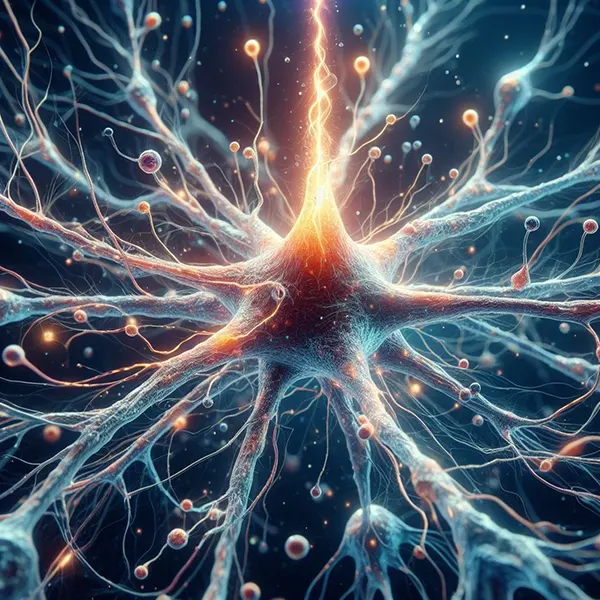The vagus nerve is a major nerve that connects the brain to many vital organs, including the heart, lungs, and digestive system. It helps regulate various bodily functions, such as heart rate, breathing, and digestion. It plays a crucial role in the body’s relaxation response and overall well-being.
One method of vagus nerve stimulation (VNS) involves sending mild electrical impulses to the vagus nerve. It’s used to treat conditions like epilepsy, depression, and migraines. VNS may help regulate brain activity and mood by influencing neurotransmitter levels. It can reduce seizure frequency, alleviate depression symptoms, and manage chronic pain
Another method is using cold water to stimulate the vagus nerve. This method involves immersing the face or body in cold water, which can activate the vagus nerve and trigger a response known as the “diving reflex.” This reflex may help regulate heart rate, blood pressure, and other bodily functions.
Stimulating the vagus nerve by applying cold water to the back of the neck is often referred to as “cold neck stimulation” or “cervical vagus nerve stimulation.”
A simple way to do this, is to simply soak a cloth in cold water and apply it to the back of your neck for 30-60 seconds. Based on your response, you can either shorten or lengthen this time to suit your needs. Some people use an icepack, but be careful with placing an icepack directly onto your skin, because it’s harmful.
The benefits you can receive from this simple technique are:
- Stress Reduction: Vagus nerve stimulation can trigger the relaxation response, reducing stress levels and promoting a sense of calm.
- Heart Rate Regulation: Activation of the vagus nerve may help regulate heart rate variability, promoting cardiovascular health.
- Mood Improvement: Vagus nerve stimulation has been associated with mood enhancement and may help alleviate symptoms of depression and anxiety.
- Digestive Health: Vagus nerve stimulation can support digestive function by promoting optimal stomach acid production and peristalsis.
- Pain Relief: Some individuals report relief from chronic pain conditions through vagus nerve stimulation.
There are some potential negative side effects with cold exposure. Since the neck and face are sensitive areas, it can cause discomfort and pain if you do it for too long or too hard. Some people become dizzy, lightheaded or nauseous, especially the first time they do these techniques.
Whilst you can choose to stimulate the vagus nerve with a cold compress on the face, the neck or both. You can also choose to do this technique once in the morning and once at night. You can get different benefits at different times of the day.
You can also experiment doing it before and after eating to notice if your digestion is aided.
This simple technique is a powerful, especially if you combine it with deep breathing techniques. This synergistic effect of breathing and nerve stimulation can lead to deeper relaxation and benefits.
Vagus nerve stimulation (VNS) has shown promise as a potential treatment for chronic fatigue syndrome (CFS) and fibromyalgia. It may help restore balance to the autonomic nervous system by enhancing parasympathetic activity and reducing sympathetic dominance, thereby improving symptoms such as fatigue, sleep disturbances, and cognitive dysfunction. VNS has anti-inflammatory effects and may help mitigate inflammation by modulating the release of cytokines and other inflammatory mediators. It’s been shown to promote neuroplasticity, the brain’s ability to reorganize and adapt in response to stimuli. It has also been shown to modulate pain perception and may help alleviate symptoms associated with fibromyalgia by influencing pain processing pathways in the brain.








